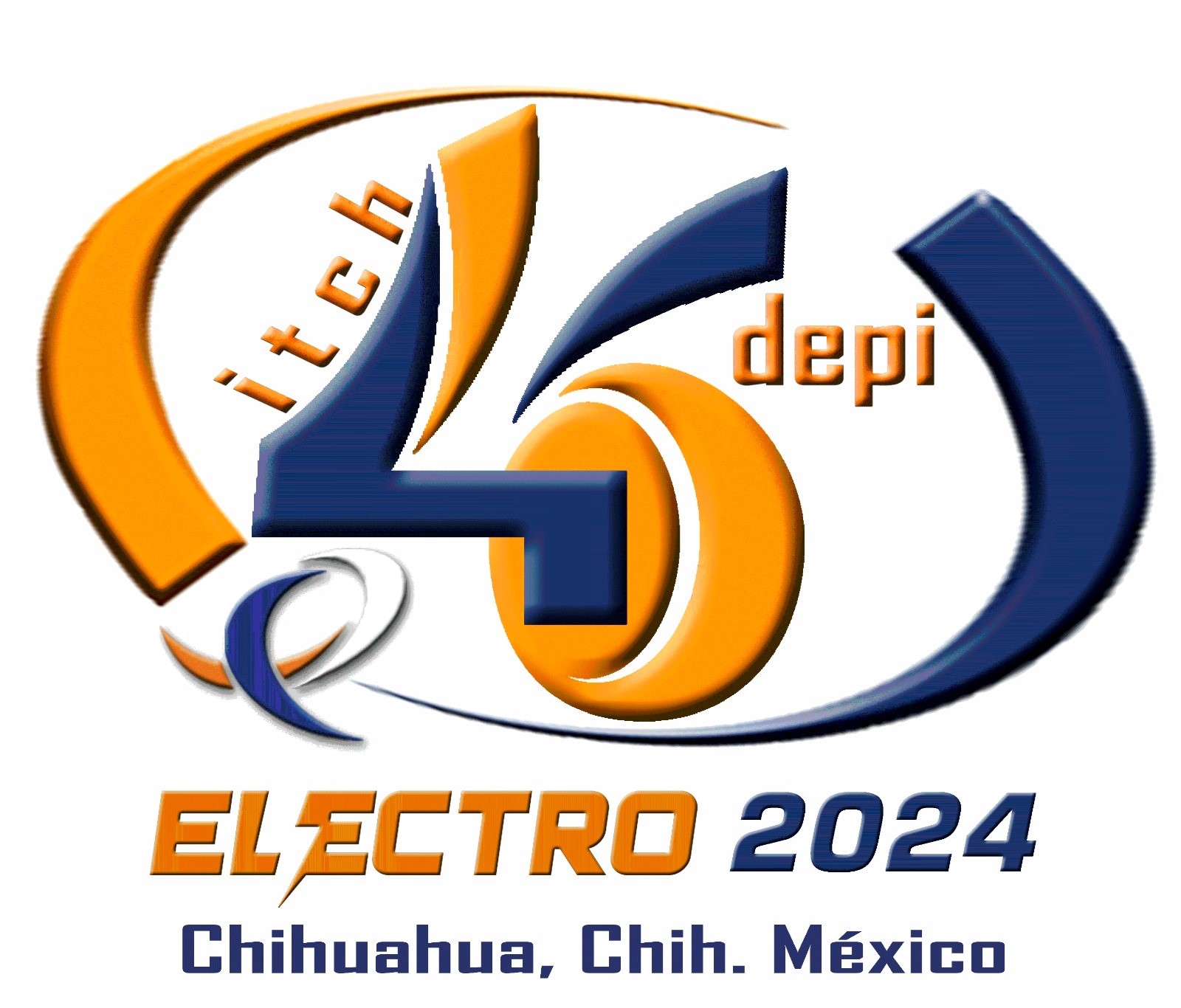
Revista ELECTRO

Vol. 46 – Año 2024
Artículo
TÍTULO
Compensación Neuronal en Controlador PID Optimizado para la Síntesis de Etilenglicol: Estudio Numérico
AUTORES
Rodríguez-Mata, A.E.; Medrano-Hermosillo, J.A.; González-Huitrón, V.A.; Sánchez-Cuevas, J.; Ruiz, M.; Beltrán Gómez, O.
RESUMEN
El presente estudio describe el diseño de control robusto cuyo propósito es optimizar la producción de etilenglicol en un reactor batch. La propuesta plantea la integración de un controlador Proporcional-Integral-Derivativo (PID) con una red neuronal para la estimación y compensación de perturbaciones. Para ello, se utilizó un modelado del reactor para simular el proceso de síntesis y desarrollar el controlador correspondiente. La red neuronal fue entrenada con backpropagation y permite una estimación preci sa de las perturbaciones, lo que contribuye a mejorar la estabilidad y eficiencia del proceso. Los resultados de las simulaciones muestran que el controlador propuesto logra mantener la síntesis de etilenglicol dentro de los límites deseados, incluso ante perturbaciones significativas, evidenciando una mayor estabilidad y eficiencia en comparación con el controlador PID convencional.
Palabras Clave: control robusto, síntesis de etilenglicol, reactor químico, control avanzado, modelado matemático.
ABSTRACT
In this study a robust control design is presented with the objective of improving the production of ethylene glycol in a batch reactor. The proposal consists of the combination of a Proportional-Integral-Derivative (PID) controller with a neural network for the estimation and compensation of disturbances. For this purpose, a mathematical model of the reactor was used to simulate the synthesis process and develop the controller. The neural network, which was trained by means of backpropagation, allows an accurate estimation of the disturbances, which contributes to improve the stability and efficiency of the pro- cess. The results of the simulations indicate that the proposed controller manages to maintain the ethylene glycol synthesis within the desired l imits, even in the face of significant disturbances, demonstrating greater stability and efficiency compared to the conventional PID.
Keywords: robust control, ethylene glycol synthesis, chemical reactor, advanced control, mathematical modeling.
REFERENCIAS
[1] J.L.V.Piñeda,R.R.Pérez,andR.A.Gispert,“Diseño de un sistema de control basado en el predictor de smith de la presió n de vapor en una caldera de tubos de fuego design of a control system based on the smith predictor of steam pressure in a fire tube bolier,”
[2] A.Popov,S.Tikhomirov,O.Neizvestny, and S.Podvalny, “Development of the Predictive Control System for Ethyl-benzene Dehydration,” Summa, 2021.
[3] Xiangyang Li, Yu Hu, Zhiqiang Gao, W. Ai, and Sen-ping Tian, “A PID Controller based on ESO and Tun-ing Method,” 2022 IEEE 11th Data Driven Control and Learning Systems Conference (DDCLS), 2022.
[4] Ye Shi, H. Tuan, and P. Apkarian, “Parameterized bilinear matrix inequality techniques for H gain scheduling proportional integral derivative control design,” International Journal of Robust and Nonlinear Control, 2020.
[5] A. Goller, J. Obenauf, W. P. Kr etschmer, and R. Kempe, “The Highly Controlled and Efficient Polymerization of Ethylene,” Angewandte Chemie, vol. 135, jan 13 2023.
[6] V. F. Shvets, R. Kozlovskiy, I. Kozlovskiy, M. Makarov, Jury Pavlovich Suchkov, and A. Koustov, “The Model of Catalyti c Reactor of Ethylene Glycol Production,” 2005. Revista ELECTRO, Vol. 46, 2024, pp. 83-90 https://itchihuahua.mx/revista_electro ISSN Electrónico: 3061-774X 90
[7] A. Satapathy, S. T. Gadge, and B. M. Bhanage, “An Improved Strategy for the Synthesis of Ethylene Glycol by OxamateMediated Catalytic Hydrogenation,” ChemSusChem, vol. 10, pp. 1356 –1359, mar 20 2017.
[8] J.Shi,“An interval type-3fuzzy pid control system design and its application in solid oxide fuel cells power plant,” Journal of Intelligent & Fuzzy Systems, no. Preprint, pp. 1 –14, 2023.
[9] Seong-ho Kang, Yong-Gu Lee, and K. Eom, “A Robust PID Control Method with Neural Network,” J. Inform. and Commun. Convergence Engineering, 2004.
[10] Ashlesha Panbude and M. Sharma, “Implementation of Neural Network for PID Controller,” 2015.
[11] J. Chen and T.-C. Huang, “Applying neural networks to on-line updated PID controllers for nonlinear process control,” Journal of Process Control, vol. 14, pp. 211 –230, 3 2004.
[12] Q. Yang, S. Xu, Q. Yang, D. Zhang, Z. Li, H. Zhou, and S. Zhu, “Optimal design and exergy analysis of biomass-to-ethylene glycol process,” Biore source Technology, vol. 316, p. 123972, 11 2020.
[13] K. Mahmud, “Neural network based PID control anal-ysis,” in 2013 IEEE Global High Tech Congress on Electronics, IEEE, 11 2013.
CITAR COMO:
Rodríguez-Mata, A.E.; Medrano-Hermosillo, J.A.; González-Huitrón, V.A.; Sánchez-Cuevas, J.; Ruiz, M.; Beltrán Gómez, O., "Compensación Neuronal en Controlador PID Optimizado para la Síntesis de Etilenglicol: Estudio Numérico", Revista ELECTRO, Vol. 46, 2024, pp. 83-90 .
VERSIÓN PDF